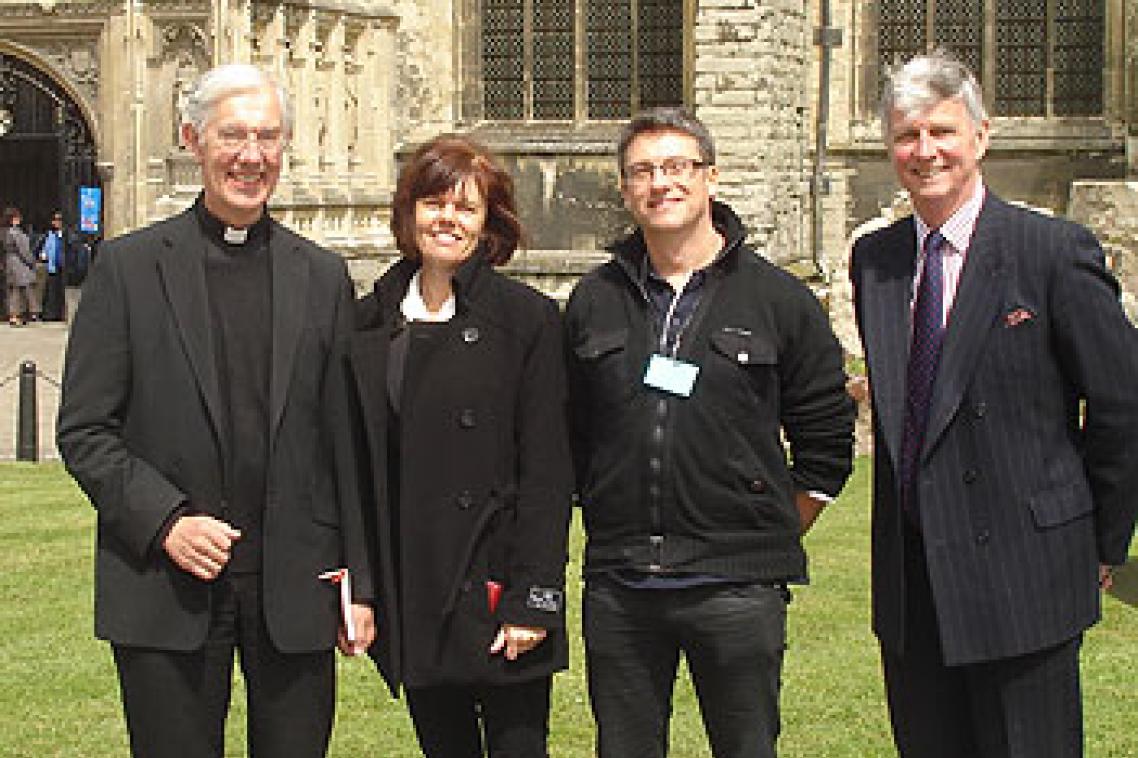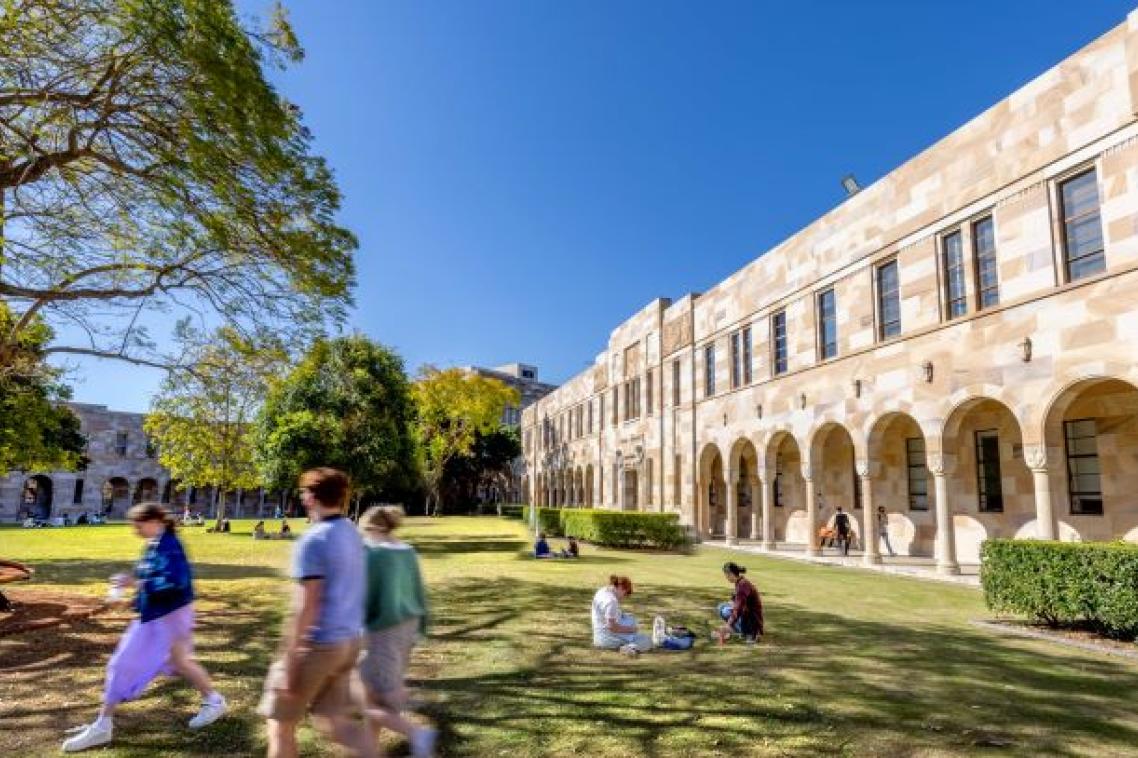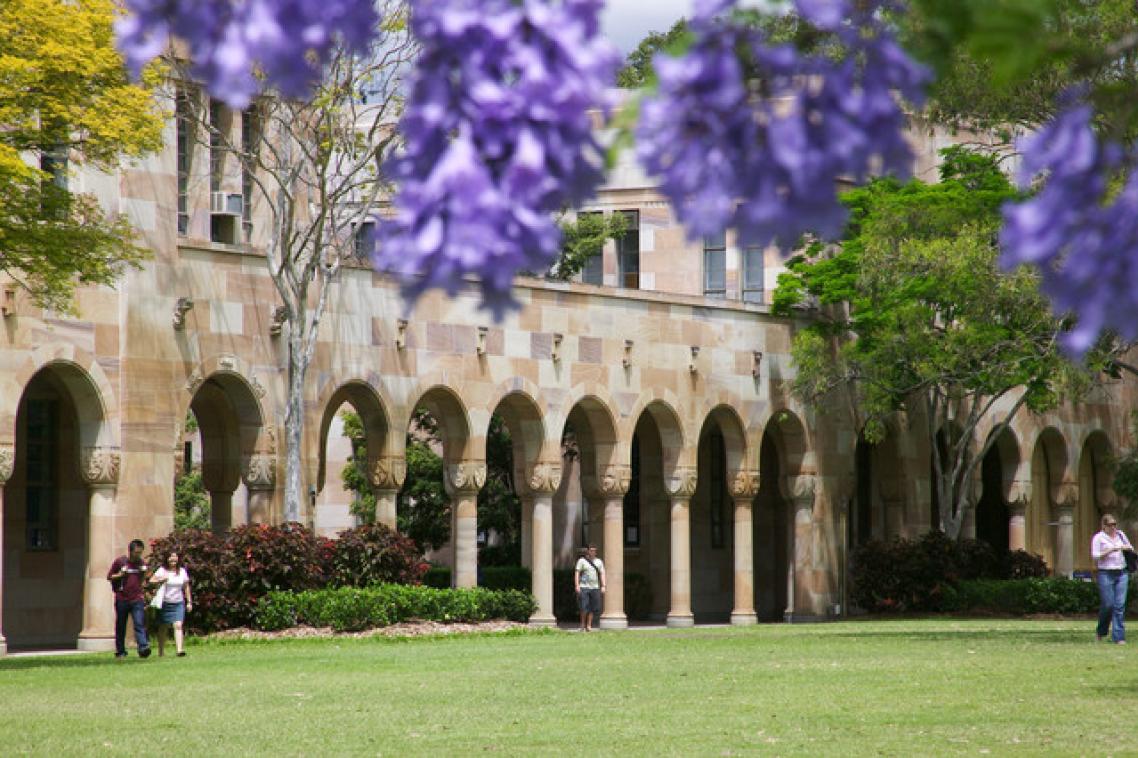Bringing history to life at Canterbury Cathedral

If you visit the world-renowned Canterbury Cathedral in the near future, part of your experience may be courtesy of UQ research.
Tourism experts Nigel Bond and Dr Karen Hughes have conducted workshops with staff and questioned visitors to better understand their motivations and expectations.
Mr Bond said they met senior clergy, including the Dean of Canterbury Cathedral, the reverend Dr Robert Willis to discuss the future of the cathedral as a tourist destination.
“In our research, we are looking at the typical visitor’s welcome, how they move around the cathedral and its grounds and the kinds of activities they do,” Mr Bond said.
“We are hoping to help cathedral staff better understand their visitors and hopefully show staff ways to foster an emotional connection to the site.”
Mr Bond said the cathedral had many different roles, being a place of worship, tourist attraction, museum and a national performance centre for its internationally-recognised choir.
“There are many challenges in trying to manage a place of such significance. People come from all over the world to see the cathedral, including large numbers of Australian visitors. Trying to meet the needs of all its visitors can be a difficult task.
“It is magnificent. As you walk through the cathedral, you come to places that have played an important part in England’s history and you can see examples of some of the most significant architectural styles.”
The cathedral’s history goes back to 597 AD and parts of the building date from 1070. It is the global seat of the Anglican Church and a World Heritage destination.
It has been an important place of Christian pilgrimage since Archbishop Thomas Becket was murdered there in 1170. Geoffrey Chaucer’s classic book Canterbury Tales famously depicts a pilgrimage to Becket’s shrine at the cathedral.
Magnificent architecture, beautiful stained glass windows and an archive containing documents dating back to the time of William the Conqueror are among the highlights that draw about a million visitors each year. Mr Bond and Dr Hughes had a private viewing of documents signed by William I himself.
The School of Tourism will work with cathedral staff during the next 12 months to develop an interpretive plan for the site.
This is the first step of an ongoing project to highlight the religious, historic and continuing importance of Canterbury Cathedral as both the home of the Anglican Communion and a significant tourist destination.
Media: Nigel Bond (0431 957 574) or Erik de Wit (0417 088 772)
Topics
Related articles

UQ Professor recognised for improving health equity outcomes

UQ professor joins WHO advisory group on alcohol and drug use
Media contact
UQ Communications
communications@uq.edu.au
+61 429 056 139
